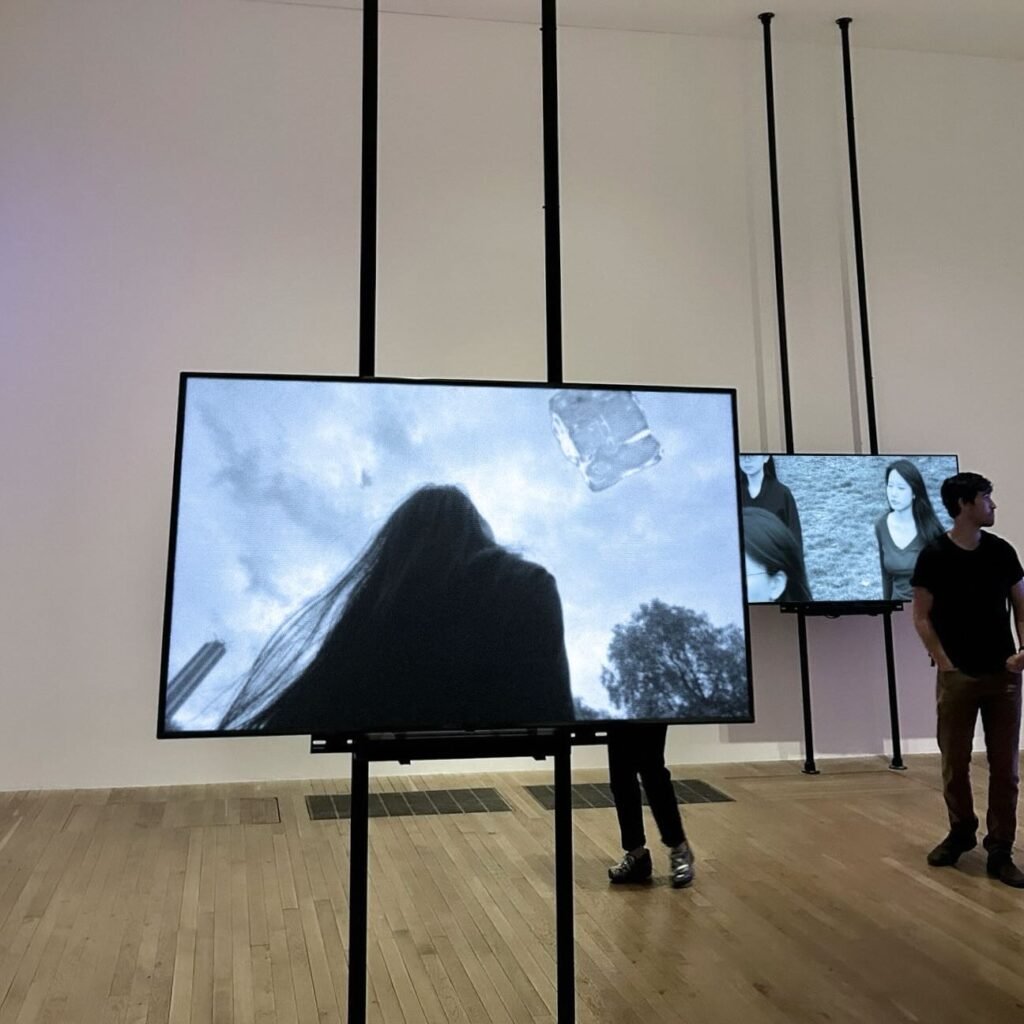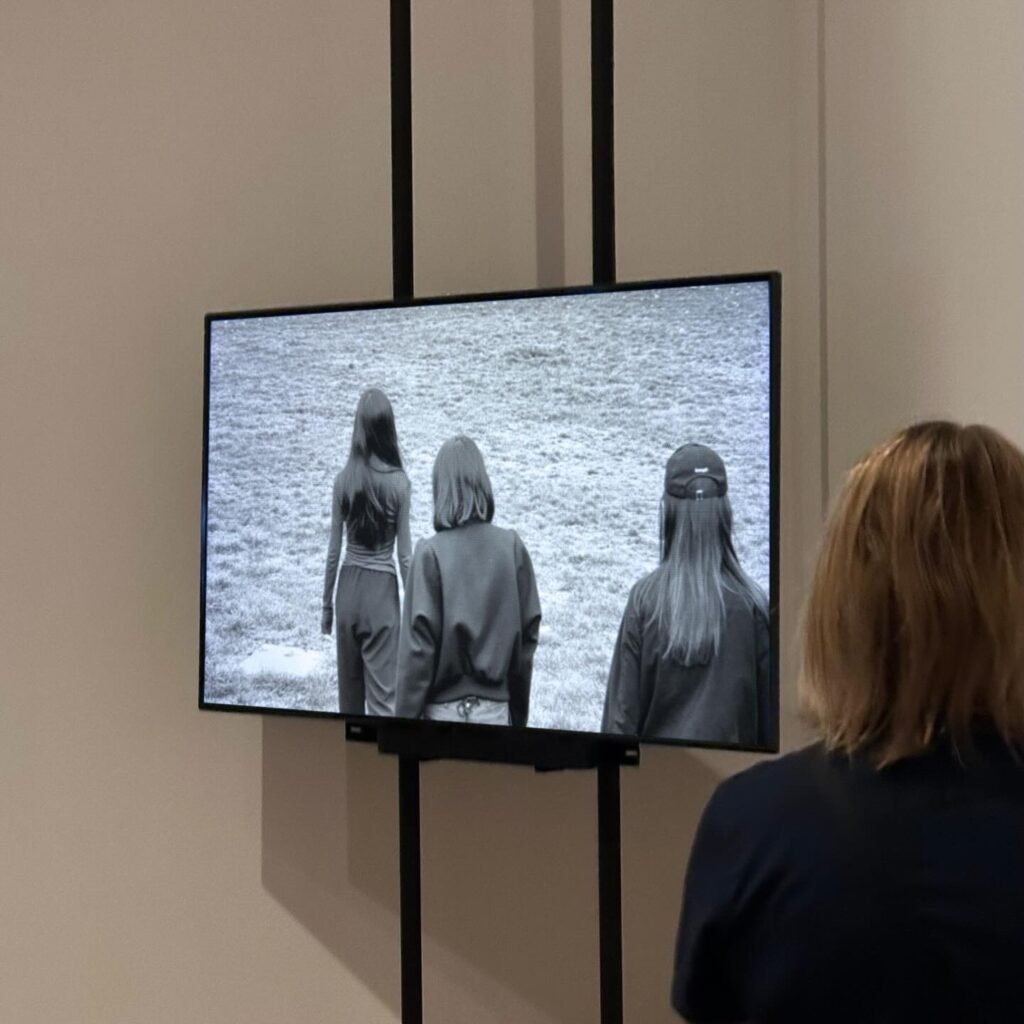

Introduction
Many individuals exhibit self-restraint and retreat when confronted with real-life challenges. Often, they establish a "psychological height" threshold by default, layering self-imposed constraints that confine their minds to a "comfort zone." Consequently, they remain stagnant, caught in an unending cycle of self-doubt and self-denial.
Kazimir Malevich’s statement, “To the Suprematist, the visual phenomena of the objective world are, in themselves, meaningless; the significant thing is feeling,” encapsulates the essence of Suprematism. The Black Square, as a central symbol, serves as a reflective surface for projecting human experiences, desires, and internal conflicts. Within the Suprematist framework, the black square embodies a process of self-doubt, introspection, and eventual reconciliation, culminating in self-transcendence.
The video artwork Untitled extends from this conceptual foundation. Through the descent of a black “cube” and the protagonist’s interaction with it, the piece symbolizes an inward journey marked by conflict and resolution. The moment of contact signifies an intense internal struggle, ultimately resolving into tranquility and transformation.




With the continuous development of the Internet, individuals have gradually experienced increasing fragmentation in various aspects of daily life, such as time management and social interactions. Prolonged fragmentation, combined with a culture of entertainment saturation, has contributed to an unplanned stagnation in life that often undermines itself. This project’s video output navigates through several fragments of life, presenting them as a memoir, capturing joyful memories shared with team members and creating an abstract visual narrative. The stark contrast between the somber black introduction and the bright, cheerful memories reflects the diversity of artistic expression, illustrating that art transcends singular forms.
Process

Outcome
 The film serves a dual purpose: firstly, it aligns with the thematic essence of the black square; secondly, it conveys a poignant message to the audience.
The film serves a dual purpose: firstly, it aligns with the thematic essence of the black square; secondly, it conveys a poignant message to the audience.

 Specifically, it portrays a world inhabited by individuals who negate their own self-worth—a lifeless existence akin to a plague. This pervasive sense of powerlessness and suffering afflicts every ordinary person, rendering them indistinguishable, akin to a multitude of ants. The black and white imagery strips away their unique hues, engendering an overwhelmingly bleak film atmosphere.
Specifically, it portrays a world inhabited by individuals who negate their own self-worth—a lifeless existence akin to a plague. This pervasive sense of powerlessness and suffering afflicts every ordinary person, rendering them indistinguishable, akin to a multitude of ants. The black and white imagery strips away their unique hues, engendering an overwhelmingly bleak film atmosphere.
 In terms of music selection, drum-based compositions were chosen to evoke tension without overt melodies. This deliberate choice immerses the audience in the film’s atmosphere, amplifying its impact.
In terms of music selection, drum-based compositions were chosen to evoke tension without overt melodies. This deliberate choice immerses the audience in the film’s atmosphere, amplifying its impact.
